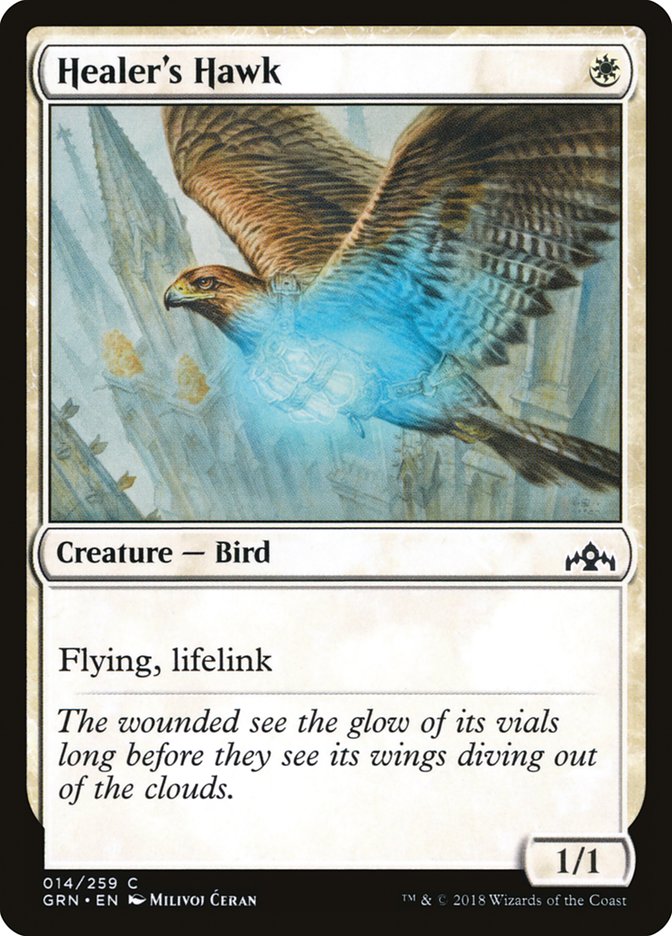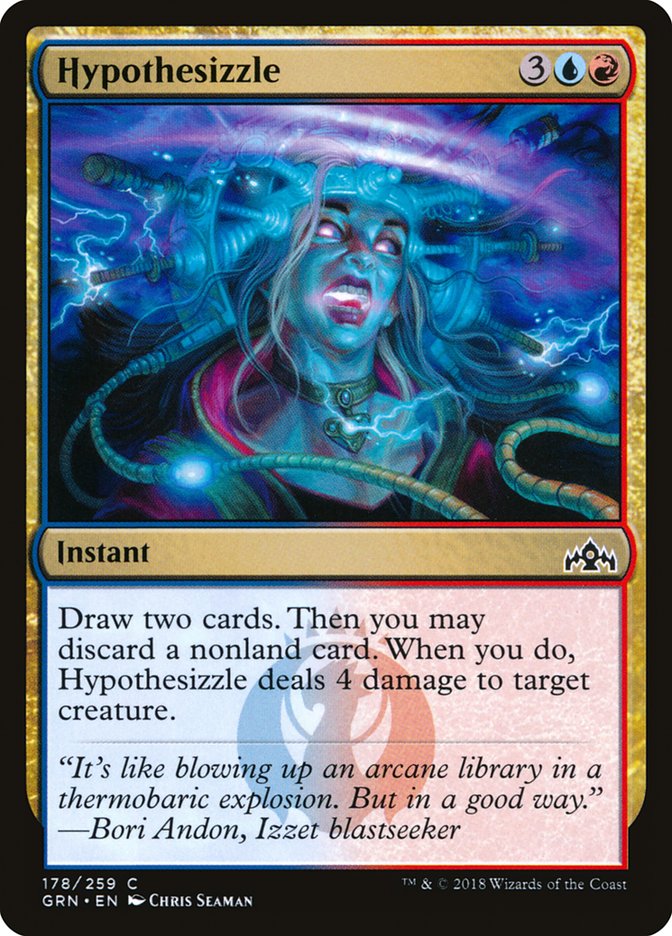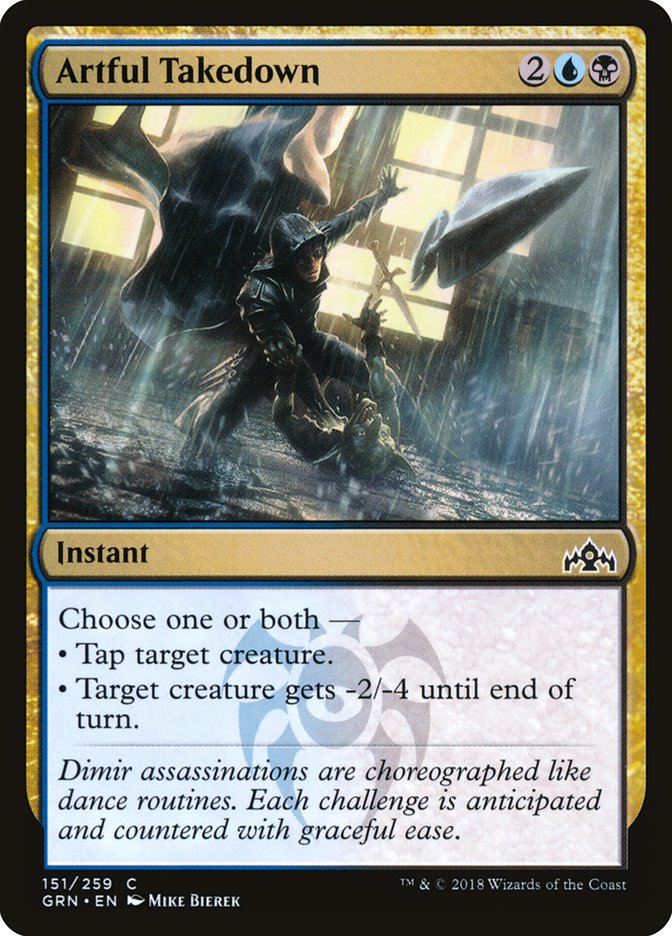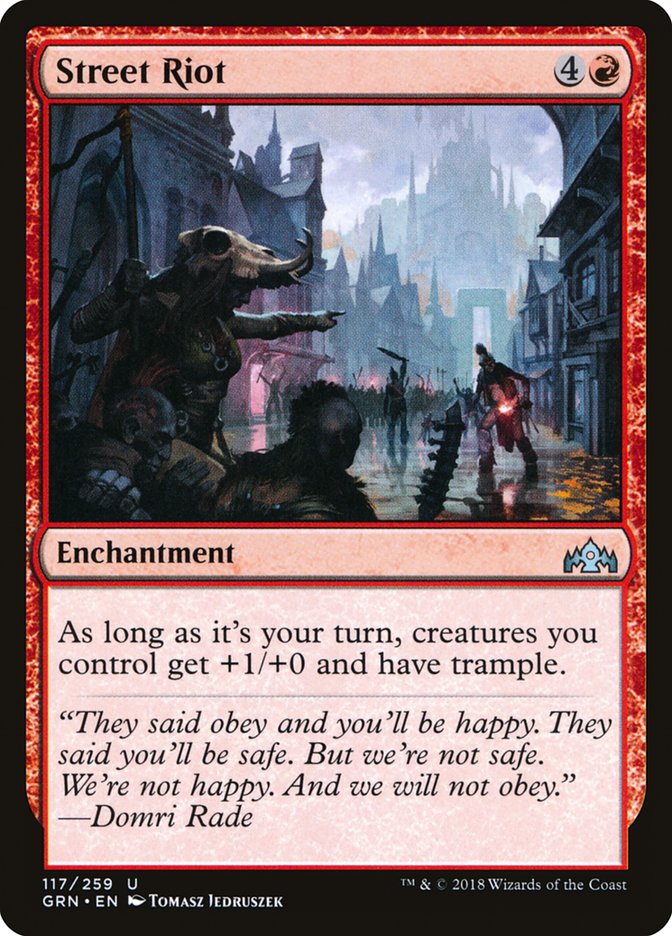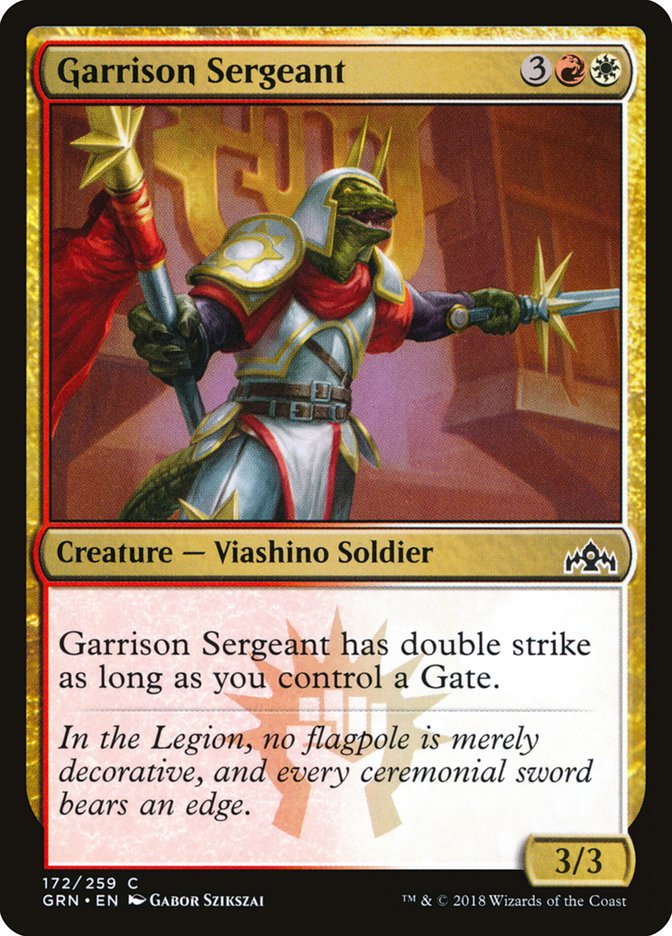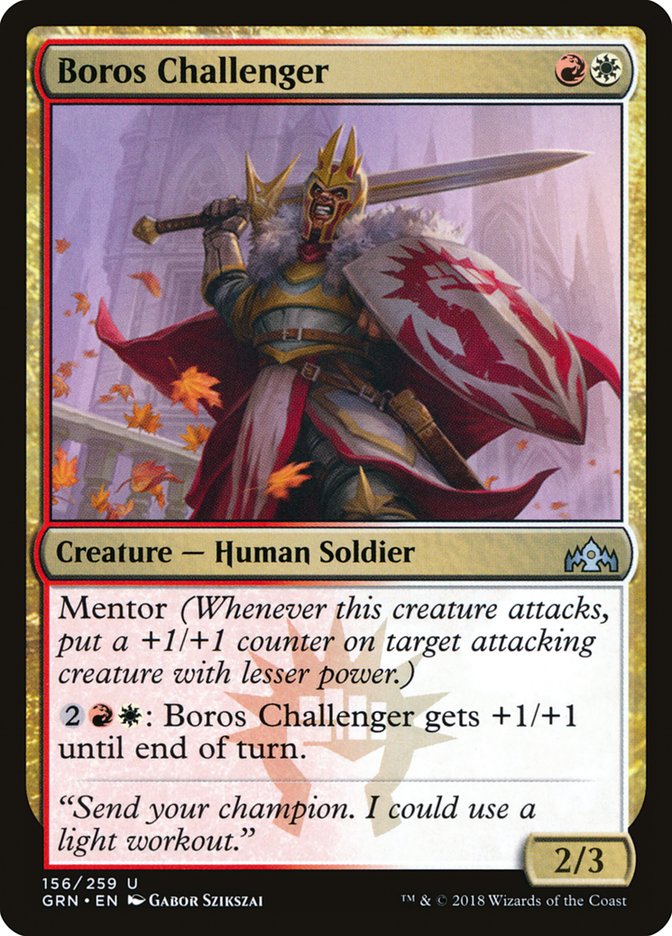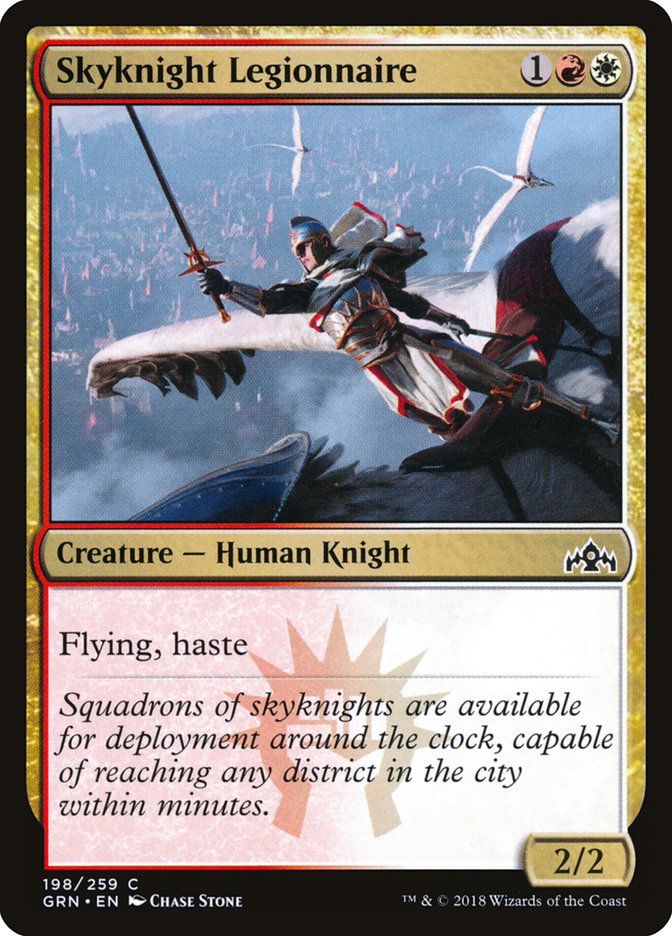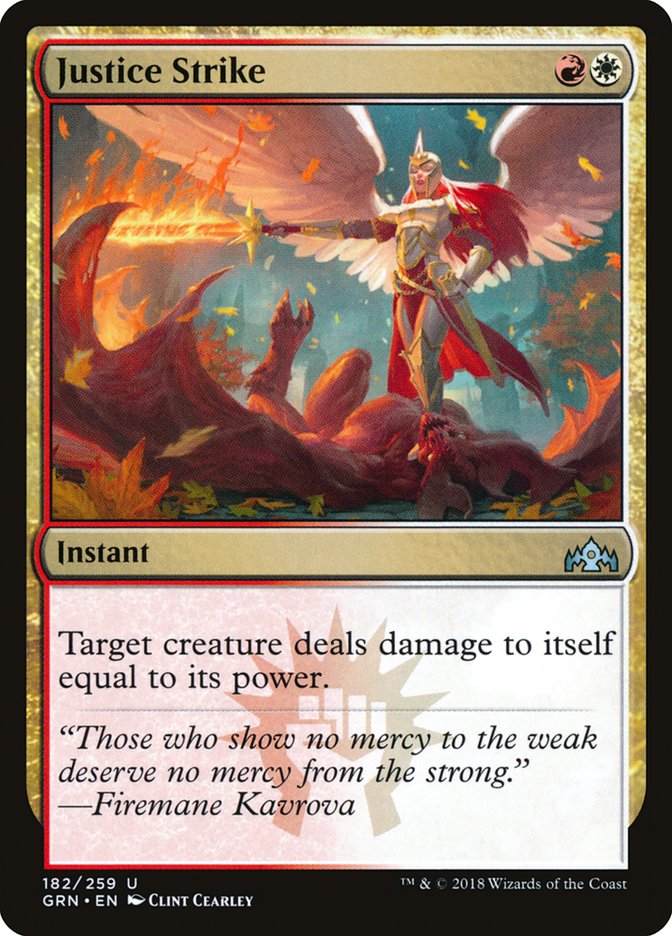[Welcome to another edition of
Fact or Fiction!
Today, Ben Werne, Ryan Saxe, and Ethan Saks are here to render their
verdicts on five statements about the Limited portion of Pro Tour
Guilds of Ravnica. Don’t forget to vote for the winner at the end!]
1. Healer’s Hawk made waves in the top 8 of PT Guilds of Ravnica; it’s also the best white common in
Limited.
Ben Werne: Fact
. Despite seeming innocuous at the start of the format, Healer’s Hawk has
rapidly risen in my pick order to the number one spot as the GRN Draft has
evolved and matured. I remember texting Ethan when we were picking our top
commons in each color for the Prerelease and asking him if he thought there
was any way it could be the third best white common since it played well
with mentor and was a cheap creature to help with convoke. I ultimately
decided that was just wishful thinking and put down more “‘responsible”
cards like Blade Mentor and Parhelion Patrol.
Healer’s Hawk is the best white common because it’s irreplaceable in the
strategies of Selesnya and Boros, whereas Luminous Bonds can be replaced by
a myriad of other removal options. In Boros, it’s an evasive, must-kill
threat that easily runs away with the game if you mentor onto it with a
two- or three-drop creature. Moreover, it’s an absolute house in the aggro
mirror even if you somehow fail to mentor onto it. In Selesnya, the one-two
punch of Healer’s Hawk into Ironshell Beetle is the best possible start for
a Selesnya deck. Additionally, casting Hawk on turn 1 and any two-drop on
turn 2 enables a turn 3 Rosemane Centaur, which is the bread and butter of
the best Selesnya decks.
Ryan Saxe: Fact
. I’m a huge advocate for Healer’s Hawk, or Doctor Hawk, as I like to call
the little Bird. At first, I couldn’t imagine even considering the Hawk
over Luminous Bonds, but now I don’t think the pick is close. I have
Healer’s Hawk as the third best common, only behind Dead Weight and Direct
Current. The value of cards is more than their power level in a vacuum. You
need to consider what the decks in the format look like and what they need
in order to succeed. Luminous Bonds may be better card than Healer’s Hawk,
but the Hawk fills both the most important role and the least replaceable
role in both Selesnya and Boros: one-drop creatures. There’s so much
removal in this format that it’s pretty easy to pick up a card like
Luminous Bonds, but outside of Healer’s Hawk, Boros only has Goblin
Banneret and Selesnya only has Pelt Collector. Hazda Marshal and Hunted
Witness just don’t cut it.
This logic is enough to start considering Healer’s Hawk over Luminous
Bonds, but not enough to push it over. The last note that tips Hawk over
Bonds is the mechanic synergies. Mentor turns Healer’s Hawk into a real
threat. I expect to pay four mana for a 2/2 lifelink flier. Every Selesnya
and Boros deck have a density of ways to put a +1/+1 counter on their
creatures, so once you consider how easy it is to turn a one-mana
investment into a 2/2 lifelink flier and combine this with the scarcity of
one-drop creatures, Healer’s Hawk becomes a hot commodity that I’m happy to
first pick. There’s a high correlation between Healer’s Hawk and successful
Boros and Selesnya decks.
Ethan Saks: Fiction
. This is such a tough statement to come down on a particular side for me.
Luminous Bonds versus Healer’s Hawk has been a contentious P1P1 choice for
me for a few weeks now. If there were four different white decks in the
format, I think it would easily be Luminous Bonds just on sheer flexibility
and the fact that it’s a cheap removal spell. But we don’t have that in
GRN; we only have two white decks.
I believe if I know I’m in Boros, Healer’s Hawk is one of the best commons
I can get ahold of, and I would definitely take it over Luminous Bonds. But
I don’t know that at the start of a draft. My goal is to leave myself the
most flexible for figuring out what deck is right for my seat. I will
happily play Luminous Bonds in my Boros decks, would rather have it in my
Selesnya decks because they rely so heavily on white for access to removal,
and can even splash it in some 3-5 color decks. Hawk is perhaps more
powerful as it provides an explosive start, but Bonds is just more flexible
from a P1P1 perspective that I think it’s the better white common.
2. After going 6-0 in PT Limited, Mike Sigrist said, “I don’t value
creatures very highly in this format. The spells are very good. I think I
had seven creatures in my first Draft deck, and eight or nine in my
second.” In GRN, creatures are underpowered compared to instants/sorceries.
Ben Werne: Fact-ish
. I agree in general with Siggy’s sentiment that spells are better than
creatures in this format. The top commons in the format include efficient
or powerful removal spells like Dead Weight, Direct Current, Deadly Visit,
Luminous Bonds, and Artful Takedown that are better than most of the
creatures. However, there are also very strong creatures running around.
Healer’s Hawk is the best white common, along with beaters like Skyknight
Legionnaire or control finishers like Watcher in the Mist. Good creatures
are the crux of Boros, Selesnya, and Golgari, which are three out of the
five guilds, so I can’t totally dismiss the power of creatures. However, I
do think Izzet and Dimir are the two strongest guilds, and they’re the
strongest because of the depth and strength of the spells at common and
uncommon in the format. Ultimately, the best strategy in GRN is to find the
open guild, though. To do that, you need to be equally willing to draft
both spells and creatures as they present themselves to you.
Ryan Saxe: Fiction-ish
. Hypothesizzle and Artful Takedown don’t feel like commons. They’re
premium instant-speed removal spells that can completely change the texture
of a game. Beacon Bolt is an absurd removal spell. Inescapable
Blaze ends so many games. And this isn’t even getting into the unbelievable
amount of card advantage provided by cards like Disinformation Campaign and
Chemister’s Insight. So yes, the non-creature spells in Guilds of Ravnica are no joke, but for the most part they don’t
dwarf the creatures on power level. Going down the same rabbit hole,
beating a resolved Nightveil Predator is almost impossible unless you’re
far ahead on the battlefield. Murmuring Mystic is a mythic-tier uncommon.
Crackling Drake is the best Mulldrifter we’ve had in a long time. Even
Rosemane Centaur, Darkblade Agent, and Skyknight Legionnaire are
substantially more powerful than the common creatures in most sets.
The density of gold cards in Guilds of Ravnica yields a set with
high power level. I do think that, on average, the power level of the
spells is higher than the creatures, but not high enough to bias away from
taking creatures in the draft. I love my
less-than-ten-creature-control-decks in this set, and I think these decks
are some of the best that you can get. But I’ve won many drafts on the back
of eighteen-creature-aggressive-decks. Both are viable, both are good, and
you should just draft the best cards you can whether they’re spells or
creatures if you want to succeed in Guilds of Ravnica Draft.
Ethan Saks: Fiction
. This seems like an extreme stance to take. At the end of the day, games
of Limited are won and lost by the combat step. Yes, this format has a
density of strong removal at common, and this feels like the first time
that counterspells are not only considered playable, but actual high picks
for certain decks (here’s looking at you, Devious Cover-Up). But if we look
at the format as a whole, three of the five guilds are heavily
creature-based: Boros, Selesnya, and Golgari. Dimir can win powerful
attrition wars with Disinformation Campaign or looping Cover-Ups, and Izzet
has access to a ton of burn in Direct Current, Sonic Assault, and
Inescapable Blaze. But at the end of the day, those decks are most often
winning off the backs of their creatures like Watcher in the Mist,
Nightveil Predator, and Piston-Fist Cyclops than they are their instants
and sorceries.
3. Yuuya Watanabe found the hidden combo of the format: Street
Riot and Garrison Sergeant.
Ben Werne: Fiction
. For Garrison Sergeant and Street Riot to be a hidden combo in the format,
it would be something I am actively looking to do, and I am most certainly
hoping to never put Street Riot into my deck. Garrison Sergeant does have a
place as a fine finisher in the 3-5 color Gate decks in the format, and
it’s respectable in those decks without any outside assistance. If you’re
fortunate enough to have a Glaive of the Guildpact in your deck with
Garrison Sergeant, those two cards is a must-answer combo. However, playing
a bad card like Street Riot to make an average card like Garrison Sergeant
into a more potent threat isn’t my idea of a winning strategy in Limited.
Street Riot seems like a textbook “win more” card to me, and I wouldn’t
advise trying this out in your next draft.
Ryan Saxe: Fiction
. If “hidden combo of the format” is synonymous to “a backup plan when your
draft is on rails,” I would say “fact” here. Limited is about making the
best of what you got and in order to master a format, you need to be aware
of all the potential combinations of cards that can be described as “a
plan.” Garrison Sergeant and Street Riot is a plan, and it’s important to
know that you can utilize that combination of cards to steal games. But
Street Riot is not the best way to enact that plan. Splash Garrison
Sergeant as your win condition in an Izzet control deck. Play Maximize
Altitude as discard-fodder for your Hypothesizzles and jump-start cards.
This gives you access to eight to sixteen damage out of nowhere for just
one mana. Pair Glaive of the Guildpact with Garrison Sergeant to take over
a game thanks to the barrage of keywords your threat gains. The benefit of
Glaive and Altitude here is that they’re already cards you can consider
playing in your deck, so, unlike Street Riot, you can utilize these cards
if you don’t have Garrison Sergeant.
Street Riot is too expensive and too narrow to justify inclusion unless
you’re scraping the bottom of the barrel for ways to win the game. It’s
important to know the card exists and that you can pair it with Garrison
Sergeant to enact a plan, but I wouldn’t be looking to do this unless I had
no other options.
Ethan Saks: Fact
. I have played over 125 drafts of this format, and I have yet to see this
particular combo; now, I’m a believer. I have had the privilege of
launching my 3/3 double striking Garrison Sergeants into the air with
Maximize Altitude, but +1/+0 and trample is the kind of permanent
enhancement I can get behind. I had written off Street Riot as basically
unplayable, but watching this powerful combination of cards on Saturday at
the hands of Yuuya made me want to go back through the whole set list and
see what other hidden gems I’d missed.
4. After the Day One Draft portion of PT GRN, Boros was the best
performing guild, accounting for 32.8% of 3-0 decks, with Dimir the next
closest at 11.5% of 3-0 decks. Boros is the best archetype in
GRN.
Ben Werne: Fiction
. Boros may have been the best performing guild on Day One of the PT, but
it is a far cry from the best archetype in GRN. It narrowly edged out the
rest of the guilds on Day Two, accounting for 23.1% of 3-0 decks, while
Dimir was only one 3-0 behind, accounting for 20.5% of 3-0 decks. In my
experience drafting the format, Boros is competing with Golgari to be the
third best guild behind Izzet and Dimir in the top two slots.
Boros suffers from several key factors that prevent it from being the best
archetype. First, it doesn’t allow the drafter to easily pivot out of Boros
if they discover that Boros isn’t open because most of the key cards are
only good in Boros. Secondly, it needs a critical mass of the best
creatures with mentor in the one, two and three CMC slot, and you’re
unlikely to get this unless you’re the only Boros drafter. Finally, you’re
rarely the only Boros drafter because it’s a well-known and fairly
straightforward archetype to draft, which results in mediocre decks for all
of the Boros drafters. I’m only excited to be in Boros if I know that I’m
the only Boros drafter at my table, similar to Golgari and Selesnya,
whereas Izzet and Dimir can each support multiple drafters easily and allow
for more flexibility in the draft.
Ryan Saxe: Fiction
. A 20% difference is enormous. This must mean that Boros is the best
guild, right? Wrong!
Data isn’t so simple. You may not know this, but I have a life outside of
Magic. I am a Graduate Student at NYU studying Data Science. My research
and career path focuses on interpreting and analyzing data. The performance
of Boros on Day One at the Pro Tour is a relevant data point, but it isn’t
the whole story. We don’t know if these Boros decks were the only ones at
their tables. We don’t know if there was an anomalous scenario where
Mephitic Vapors was nowhere to be found or that Skyknight Legionnaire was
opened in volumes. You cannot make strong conclusions from this data. What
is true is that, on Day One, winning the draft and drafting Boros had a
strong correlation. If you learn anything from this rant, it’s this:
Correlation does not imply causation. I would be more inclined to consider
the implications of this data if Day Two provided a similar lens. It
doesn’t.
I have Boros as the third best guild, behind both Izzet (#1) and Dimir
(#2), although not as far behind as many other Limited minds. Both Dimir
and Izzet have unbelievably high card quality, which makes it easy for
multiple drafters to dive into Dimir and Izzet. I do believe that Boros can
support two drafters at the table, which I know both Ethan and Ben disagree
with. I admit that two Boros decks at the same table will suffer in terms
of card quality, but that’s okay. Boros is so aggressive that card quality
matters less. Goblin Cratermaker is a better two-drop than Ornery Goblin,
but the latter still gets the job done. You can take any combination of
creatures with a good curve in Boros backed by combat tricks and removal
spells and it’s a winning recipe This is what separates Boros from the
green archetypes. I feel as though I need to be the only Selesnya or
Golgari drafter in order to get a good deck, which is why I consider them
to be the worst guilds and hence green the worst color.
Ethan Saks: Fiction
. Boros is a crutch a lot of players fall back on when they don’t have a
strong grasp on the Limited format. W/R aggro decks are generally the same
from format to format: cheap creatures, removal, and combat tricks to
steamroll your opponent. Boros is certainly a powerful guild, but I think
was overrepresented this weekend, especially when you look at the Day Two
feature pod which showed three players basically next to each other all
forcing Boros to 2-1 or 1-2 records. I think all guilds have game against
the deck with Selesnya lifegain, Golgari’s abundance of cheap creatures,
Izzet’s removal, and Dimir’s ability to stabilize and take over the
lategame. I currently have Boros ranked below the two blue decks in order
of power and imagine after this weekend that it will be overhyped for the
near future.
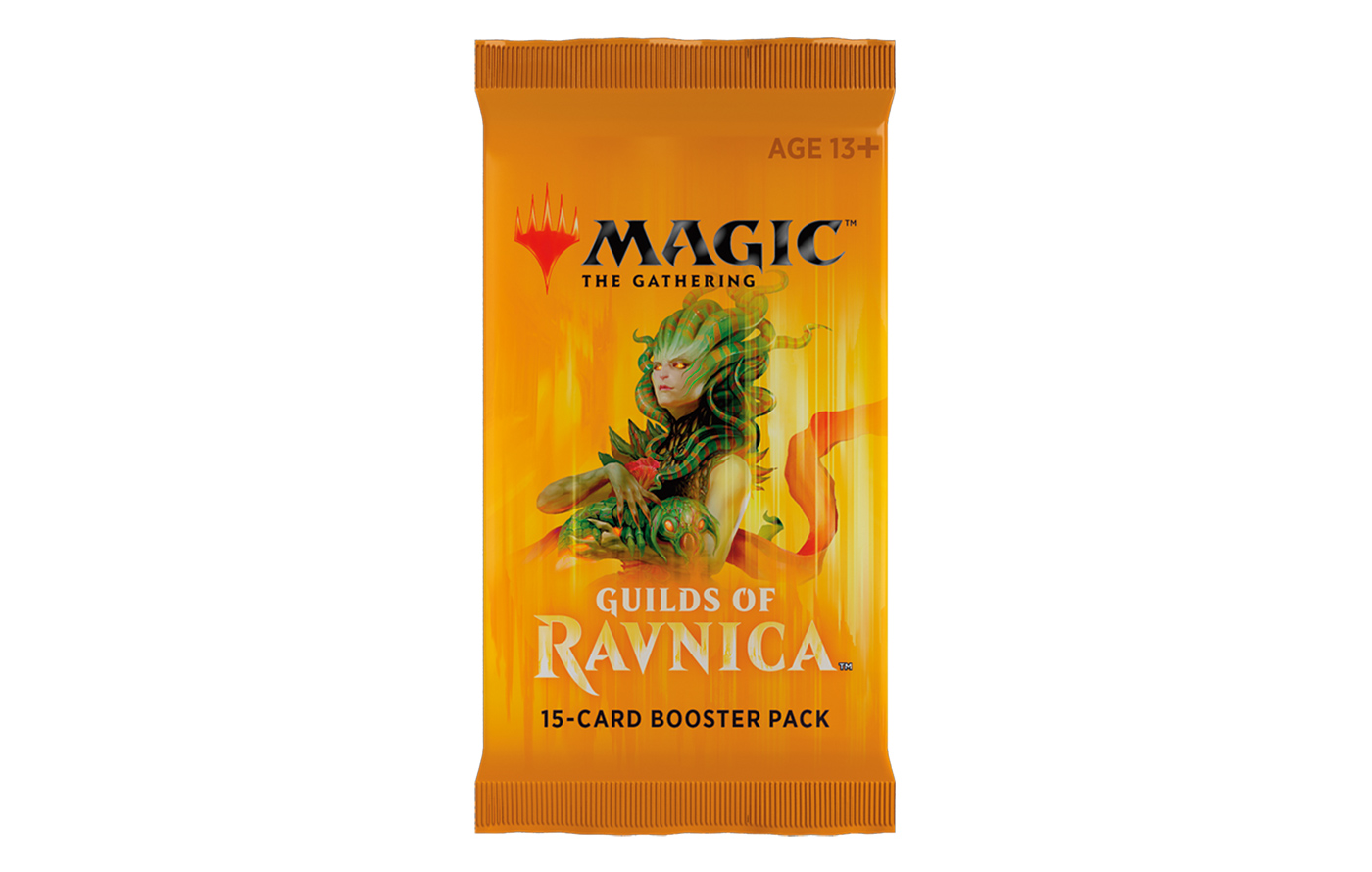
5.Only one deck with more than three colors went 3-0 at the PT.
Because there are only five guilds to draft, GRN Limited is a
straightforward Draft environment.
Ben Werne: Fiction
. Guilds of Ravnica Draft is anything but a straightforward Draft
environment. The builds of the archetypes don’t generally follow the
stereotypical fifteen creatures and eight non-creature spells we have
become accustomed to in modern Limited. Both Izzet and Dimir frequently
perform best in the 8-12 creature range with a much higher density of
powerful removal and card advantage spells. Meanwhile, both Selesnya and
Golgari perform best in the 17-20+ creature range.
Additionally, counterspells are actively good in this format, despite the
heuristic that says countermagic is generally not great in Limited.
Specifically, two Devious Cover-ups at 4CMC is a key card that allows you
to generate a loop to recur win conditions in a threat-light Izzet or Dimir
control deck. Learning the nuances of unintuitive card evaluations and pick
orders for the archetypes of GRN is one the most complex things about the
format.
Finally, it heavily rewards finding the open guild, even if that means
abandoning your first five picks. Hedging appropriately with the XXYY
uncommons and gold commons can allow you to audible into an open guild, and
any of the five guilds are the best thing to be drafting if you’re the only
one in your guild at the table.
Ryan Saxe: Fiction
. Guilds of Ravnica Limited is in no way a straightforward
environment. There are multiple ways to draft the archetypes and how to
decide which version of which archetype you should draft is a difficult
puzzle. I’ve heard that this format is straightforward because you need to
settle into your guild early on and there are only five, but I couldn’t
disagree more. I don’t want to solidify into my guild until I’ve finished
the entire first pack. What wheels can tell you so much, and if you abandon
your first five picks to end up in the open archetype, you will be greatly
rewarded.
Furthermore, there are a ton of little combos and interactions that give
the format more depth. Devious Cover-Up is a win condition and an archetype
all by itself. The five-color deck exists in pretty much any two-color
base. I’ve even had a Simic version of that deck! While I don’t think this
is a Draft format that will go down in history, it’s not straightforward
and definitely keeps you on your toes.
Ethan Saks: Fiction
. From the casual drafter’s perspective, I could definitely see coming away
from this weekend of drafts thinking “looks like there’s only five decks to
draft, and you want to decide the guild for your seat by about the fourth
pick of the first pack.” This could not be further from the truth. Reading
the signals of the middle and the wheel of your first pack are some of the
most difficult and interesting decisions I’ve had in quite a while.
Figuring out the correct lane for your seat takes a lot more nuance than
just holding on to your first few picks for dear life and hoping it all
works out in the next two packs. And that’s not to mention how many viable
3-5 color decks I believe you can have success with (shoutout to one of my
favorite cards in the format, Glaive of the Guildpact). I think a lot of
folks wrote off the complexity of this Draft environment weeks ago and have
a lot more to explore if they want to see the full potential of what Guilds of Ravnica has to offer.


